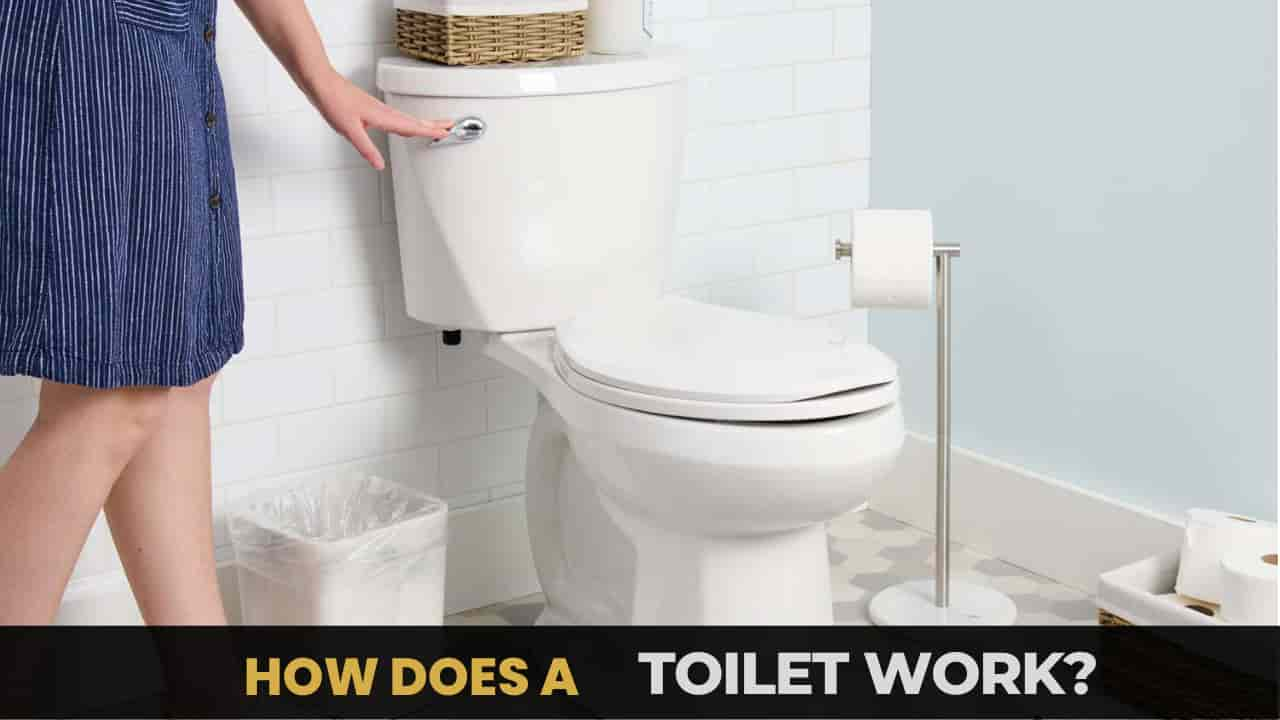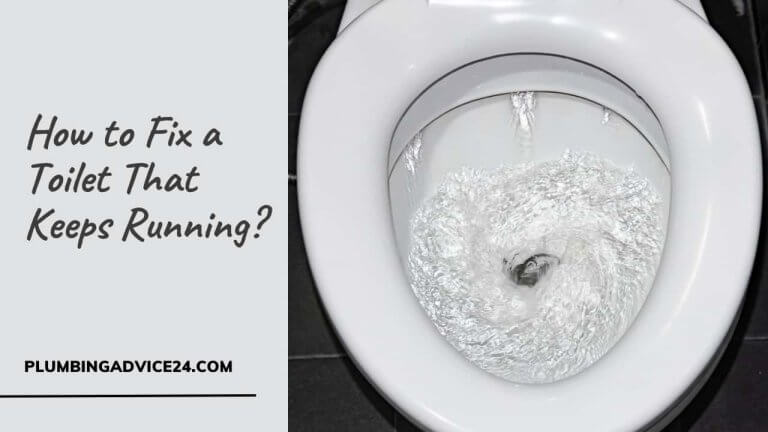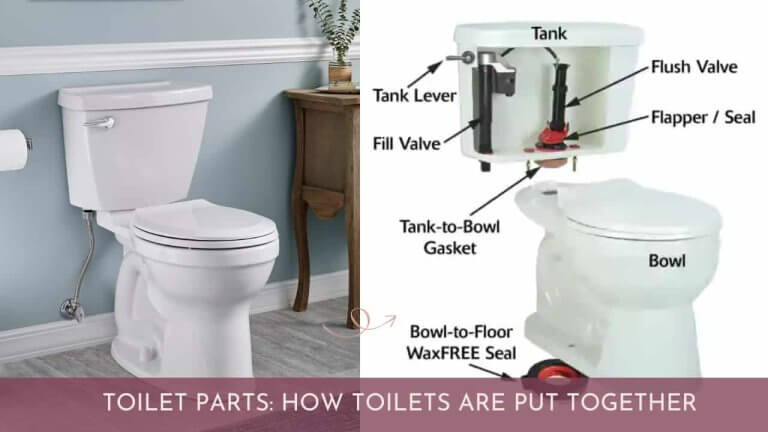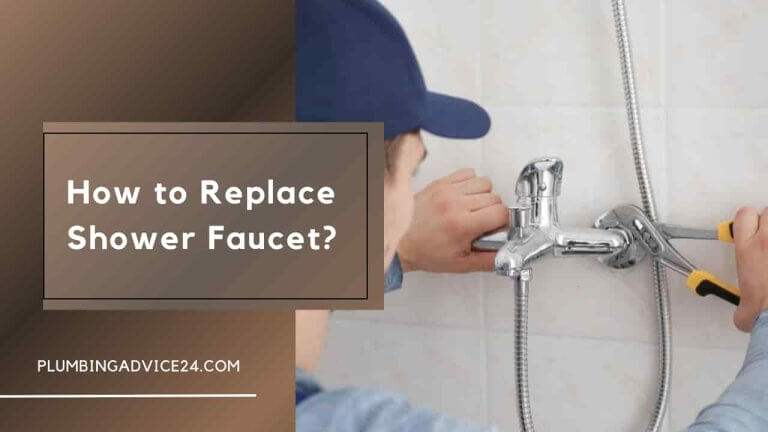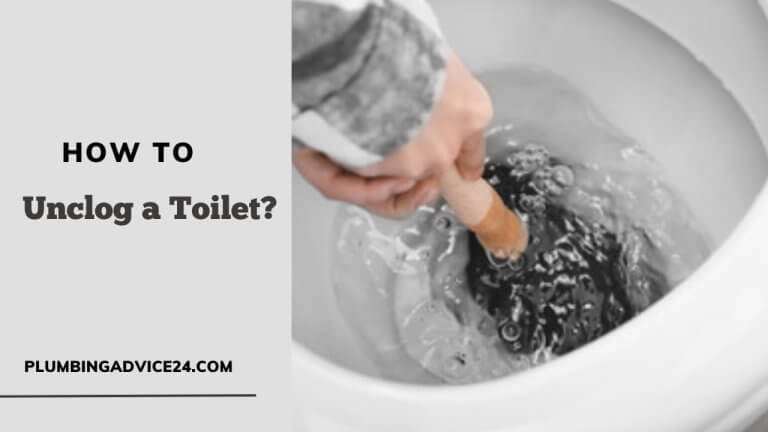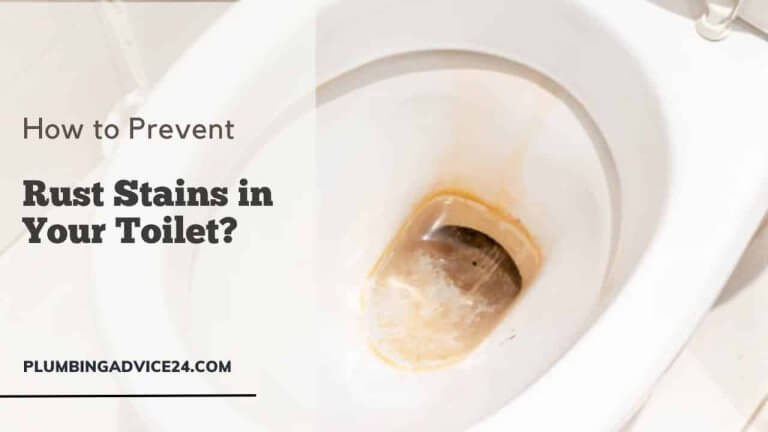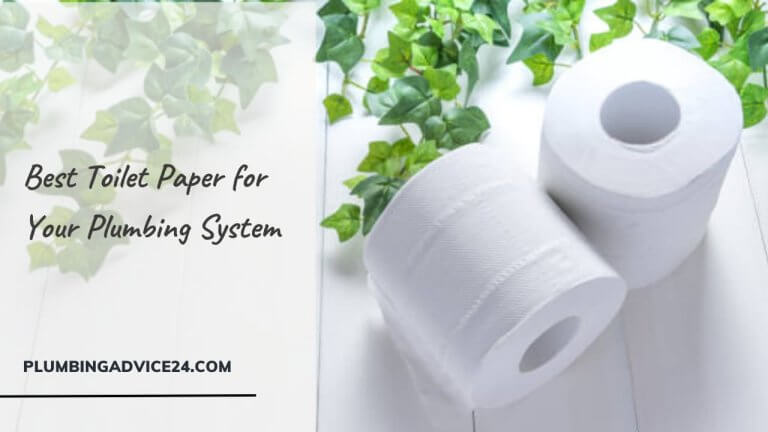How Does a Toilet Work?
The toilets are a crucial piece of modern plumbing technology that we often take for granted. It allows us to dispose of waste and keep our homes and communities clean and healthy safely and easily. However, the mechanics behind the toilet may be a mystery to many people. In this article, we’ll look at the components and mechanisms that make up a toilet and how they work together to ensure efficient flushing.
The Basic Components of a Toilet
The basic components of a toilet work together to create a siphoning effect that moves waste and water out of the toilet bowl and into the sewer system. The toilet components are as follows:
Bowl
The area of the toilet where you sit is called the bowl. This cup is frequently made of ceramic or porcelain. The trash and the water in the bowl are flushed down the drain pipe when we flush the toilet.
Tank
A pipe may connect the toilet tank to the bowl. It holds water until the toilet is flushed and is frequently made of ceramic or plastic. Water from the tank is forced into the bowl when you flush the toilet. Push the trash out of the basin, creating the required pressure.
Flushing Mechanism
When you flush the toilet, the flushing mechanism removes the waste from the bowl. There’s a chain (or lever), a handle (or button), and a flap on this thing. When the handle or button is pushed, the chain or lever lifts. This enables water to pour into the bowl from the tank.
Fill Valve
When we’re done cleaning the tank, the fill valve will let fresh water in. If you will, it is confined in the tank. The three crucial parts are the float, the valve, and the refill tube. When you flush the toilet, the float falls. When a valve is opened, water might enter the tank. The float rises when the water level reaches the predetermined level. When the valve is closed, the water flow is stopped.
Overflow Tube
The overflow tube is designed to prevent the tank from overflowing. It is connected to the flush valve, close to the water supply at the top of the tank. If the level increases over the container’s border, the overflow tube will let extra water flow into a lower bowl.
Related Post : Toilet Parts: How Toilets Are Put Together
Types of Toilets
People may pick from various toilets on the market today, each with its features and benefits. Here are some of the most frequent lavatory types:
1. Gravity-Feed Toilets
Most people prefer toilets that use gravity to flow water into the bowl. These toilets are referred regarded as “gravity-assisted.” They are usually less expensive than other types of toilets and are simple to use and clean.
2. Pressure-Assisted Toilets
These toilets utilize compressed air to pump water into the bowl, resulting in a stronger flush than gravity-fed toilets. Because they are less prone to clog and have a better flush, they are a suitable choice for houses with many people or public toilets that use a lot.
3. Dual-Flush Toilets
These toilets conserve water by distinguishing between liquid and solid waste and providing separate flush controls. Compared to a standard toilet, these units consume up to 67% less water, making them a more environmentally friendly option.
4. Composting Toilets
These toilets are better for the environment than normal toilets because they process waste rather than flushing it down the drain. They are ideal for distant dwellings without access to a sewage system or the electricity grid.
How Does a Toilet Work?
Toilets work by using gravity and water pressure to move waste and toilet paper from the toilet bowl into the sewer system. Here is a brief overview of how the toilet work:
Filling the Tank
When the toilet is flushed, all the water in the tank pours simultaneously into the bowl. The pressure that builds up causes the waste to spill out of the bowl. The fill valve will work as soon as the old tank has been flushed out, enabling water to flow back into the tank. The float on the fill valve rises as the tank fills with water. The float opens the valve, stopping the water flow when the water level reaches a predetermined level.
Flushing the Toilet
When we flush the toilet, we pull the chain or lever, which unlocks the flapper and lets water from the tank flow into the bowl. The water from the tank is poured into the toilet bowl when flushed. Consequently, the water in the bowl carries the waste down the sewer. This produces a siphoning effect.
Refilling the Bowl
Once the waste has been flushed out of the toilet, you must refill the bowl with water. The fill valve does this by permitting water to enter the tank constantly. The float on the fill valve rises as the tank fills with water. The float opens the valve, stopping the water flow when the water level reaches a predetermined level.
Preventing Overflow
The tank’s overflow tube stops the contents from spilling out. It rises above the tank’s water line and is connected to the flush valve below. The water in the overflow tube will drain into the bowl if it rises too high. The bathroom floor wouldn’t be harmed by leaky tank water.
Cleaning the Bowl
A built-in mechanism in toilet bowls repeatedly washes them to keep them sanitized and germ-free. A rim jet is used to do this, sending a water spray into the bowl while filling it. The water from the rim jet helps clean the bowl by rinsing away any extra waste and filth.
Maintenance
Toilets require regular maintenance to ensure they continue to function efficiently. This includes cleaning the bowl and tank, replacing worn-out components, and fixing leaks or clogs. Regular maintenance can prevent costly repairs and ensure the longevity of the toilet.
Conclusion:-
A toilet is a simple yet ingenious device critical to maintaining hygiene and health. Understanding how a toilet works can help us appreciate its importance and ensure it continues functioning efficiently for years. By properly caring for our toilets and keeping them well-maintained, we can ensure they remain a reliable and convenient fixture in our daily lives.
Related Post : How to Raise Water Level in Toilet Bowl?
How Do Toilet Pipes Work?
A drain line is a pipe that carries waste and wastewater away from the toilet and into the sewer system or septic tank.
Where Does Toilet Waste Go?
Toilet waste is carried through a sewer system or septic tank and finally ends up in a wastewater treatment plant, where it is processed and treated before being released back into the environment.
What Is the Flushing Mechanism in a Toilet Called?
The flushing mechanism in the toilet is commonly known as the toilet flush valve. A flush valve is a rubber or plastic component located at the bottom of a toilet tank that controls the flow of water from the tank to the bowl during a flush.
What Happens When You Flush the Toilet?
When we flush the toilet, we pull the chain or lever, which unlocks the flapper and lets water from the tank flows into the bowl. The water from the tank is poured into the toilet bowl when flushed. Consequently, the water in the bowl carries the waste down the sewer.
If You Liked This Post? So Share It with Your Friends
Suggested Articles:
